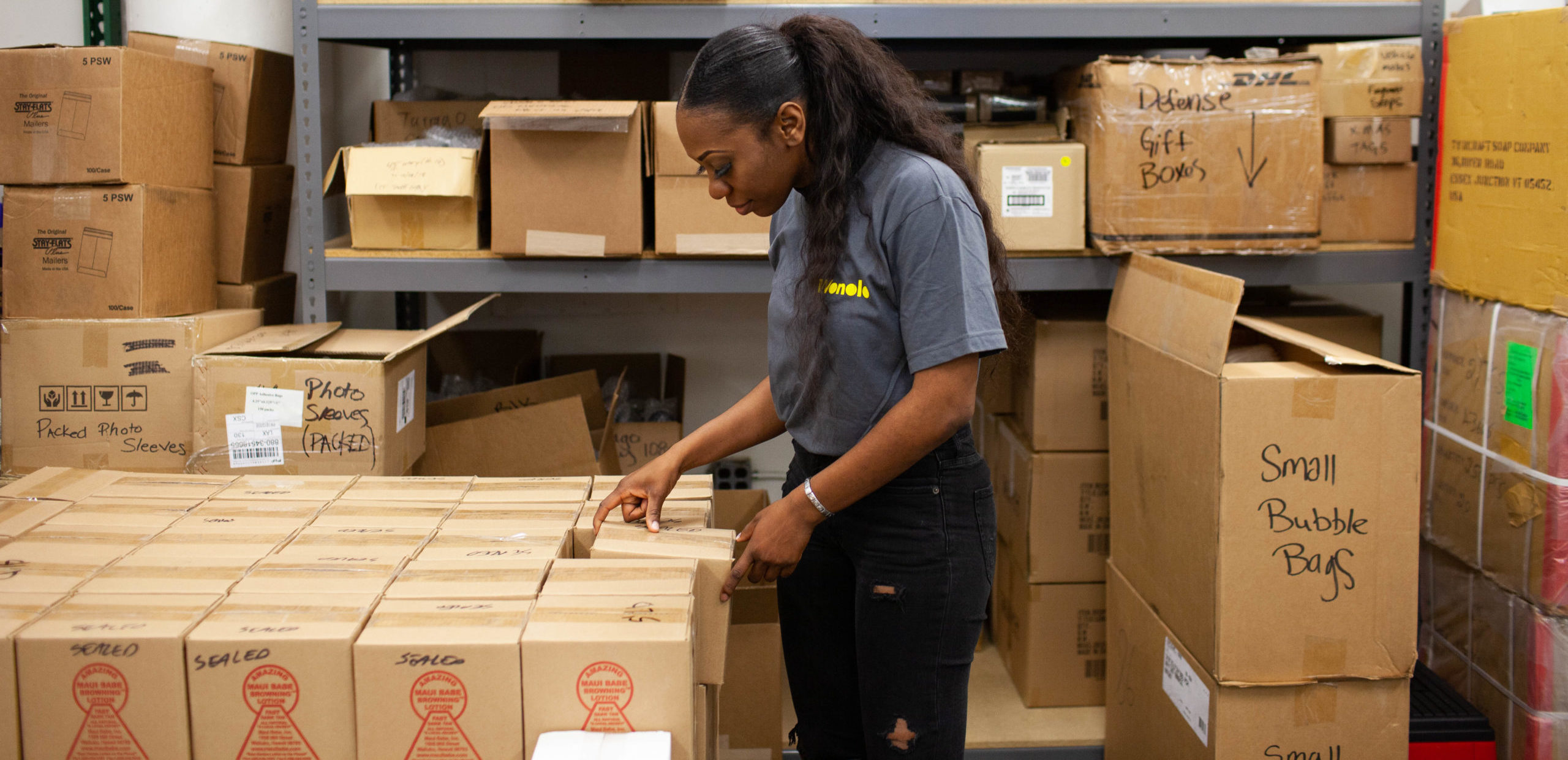Wonolo
This piece is part of our ongoing Future of Work Thought Leaders Series where we interview people who are shaping, researching, and living the future of work. If you have ideas for thought leaders we should interview, please let us know at press@wonolo.com
The 500,000+ workers who use Wonolo (Wonoloers, as we like to call them) represent just one, growing piece of the broader U.S. labor force.
Or as a recently published economic report says, 16 million workers, or about 10% of the U.S. workforce, are in “alternative work arrangements.” This includes on-call workers, workers at a temp agency, and, yes, Wonoloers.
To better understand where Wonoloers fit in the broader U.S. labor market, we interviewed one of the researchers of the report, Ryan Nunn, Assistant Vice President for Applied Research in Community Development at the Federal Reserve Bank of Minneapolis. He wrote the paper with researchers from the Brookings Institution and the Hamilton Project.
What was your first job?
- I worked at a grocery store on a variety of tasks, but spent most of my time keeping it clean. It was difficult work, but I liked my coworkers and it helped me to save for college.
What does the “future of work” look like to you?
- There are many ways to answer this question, but one of the most important is to describe what we should be working towards. In my view—and not necessarily that of the Federal Open Market Committee or anyone else in the Federal Reserve System—we should be trying harder to boost long-run wage growth and labor market dynamism. I believe there are policy interventions that can help with both, or that can at least improve one with little cost to the other. For example, I hope that the future of work is not one of abusive non-compete contracts, which simultaneously make it more difficult for workers to be paid the fair value of their work while also reducing worker mobility and labor market dynamism. We need to take seriously the ways in which the modern labor market is tilted against workers, looking for opportunities to raise their bargaining power as well as the overall effectiveness of markets.
Your research says about 10% of the workforce, or about 16 million people, are in “non-traditional work arrangements?” What are some examples of those workers and how many of them are contingent workers (which Wonolo prefers over “gig” workers)?
- My coauthor and I examined data on four groups—independent contractors, on call workers, temp workers, and contract workers—who are defined by the Bureau of Labor Statistics as having “alternative work arrangements.” This is a diverse set of workers, only a small fraction of whom work through an online platform. It includes, for example, employees of a janitorial service that serves one or more corporate clients. But it also includes people who are in business for themselves as consultants.
- By the Bureau of Labor Statistics’ most expansive definition, only 3.8 percent of all workers are considered “contingent,” in the sense that they don’t expect their current employment relationship to last. Of the nontraditional worker groups we looked at, temp workers are by far the most likely to be considered contingent (42%), with on-call and contract workers somewhat less likely, at 21% and 15%, respectively. Only a small fraction (3%) of independent contractors are deemed contingent according to the most-inclusive BLS definition.
How do you think those figures will change now that we’re in a recession? We have a hunch, and some early indications on our platform, that more people will turn to non-traditional work because of the state of the economy.
- I think the answer to this could depend on whether we’re talking about people whose primary source of employment is nontraditional (which is what we examined in our analysis), or people who are supplementing their income with nontraditional work. Regardless, the current recession has hit both traditional and nontraditional workers quite hard. One place we see this is in the millions of workers now receiving unemployment benefits under the regular program—which tends to exclude nontraditional workers—and the new Pandemic Unemployment Assistance program, which includes many of them.
One of the surprising findings is that the percentages between people with a Bachelor’s degree in traditional jobs versus nontraditional is nearly equal. What’s the takeaway from that?
- This reflects the diversity of nontraditional jobs. For example, temp workers tend to have much less education, with 51% having a high school degree or less—far above the 34% share for traditional workers. But independent contractors and contract workers tend to be more educated, balancing the average attainment of nontraditional workers as a whole.
The report notes that more than half of all workers in nontraditional work arrangements have health insurance. You mention portable benefits, in particular the idea of a universal retirement savings account. (Note: Wonolo offers workers using Wonolo access to a comprehensive set of portable benefits via a program we call Wonolo Up. Learn more here.) How would that work?
- Many of our labor market institutions are designed for traditional workers: employer-provided health insurance and retirement plans, unemployment insurance, and various kinds of labor protections. One way to help nontraditional workers is therefore to look at different models of providing these sorts of benefits. The general idea behind all of them is to untether the benefit from the specific employer, allowing workers to continuously access the benefit as they engage in different working relationships. The universal retirement savings account, proposed by economist John Friedman, would consolidate all existing tax-preferred retirement savings vehicles—including 401(k) plans and IRAs—into a single, universal account that multiple firms could make contributions to, and that would not necessitate any changes as workers switch employers and working arrangements.
You also reference an earlier report by Brookings and the Hamilton Project about the possibility of a third-worker classification besides just “employee” and “independent contractor.” Do you think that topic needs to be explored more as more people enter into alternative work arrangements?
- I think policymakers have a number of potential options on this front, none of which are mutually exclusive. One is to simply tighten the enforcement of the existing rules, which are sometimes bent in ways that misclassify workers as independent contractors when they should be really be employees, with all the labor protections afforded to employees. Another is to strengthen labor protections for independent contractors. But another is to create an intermediate classification, tailoring it to the needs and attributes of workers who are poorly served by the existing legal regime. This is the approach that Seth Harris and Alan Krueger took in their 2015 policy proposal for the Hamilton Project, which focused on those who work through online platforms.


![[Report] Beyond the Gig: Exploring Reliable Work Options for the Modern Workforce](https://info.wonolo.com/wp-content/uploads/2023/10/Worker-Preferences-Report-Header-Image-500x383.png)



